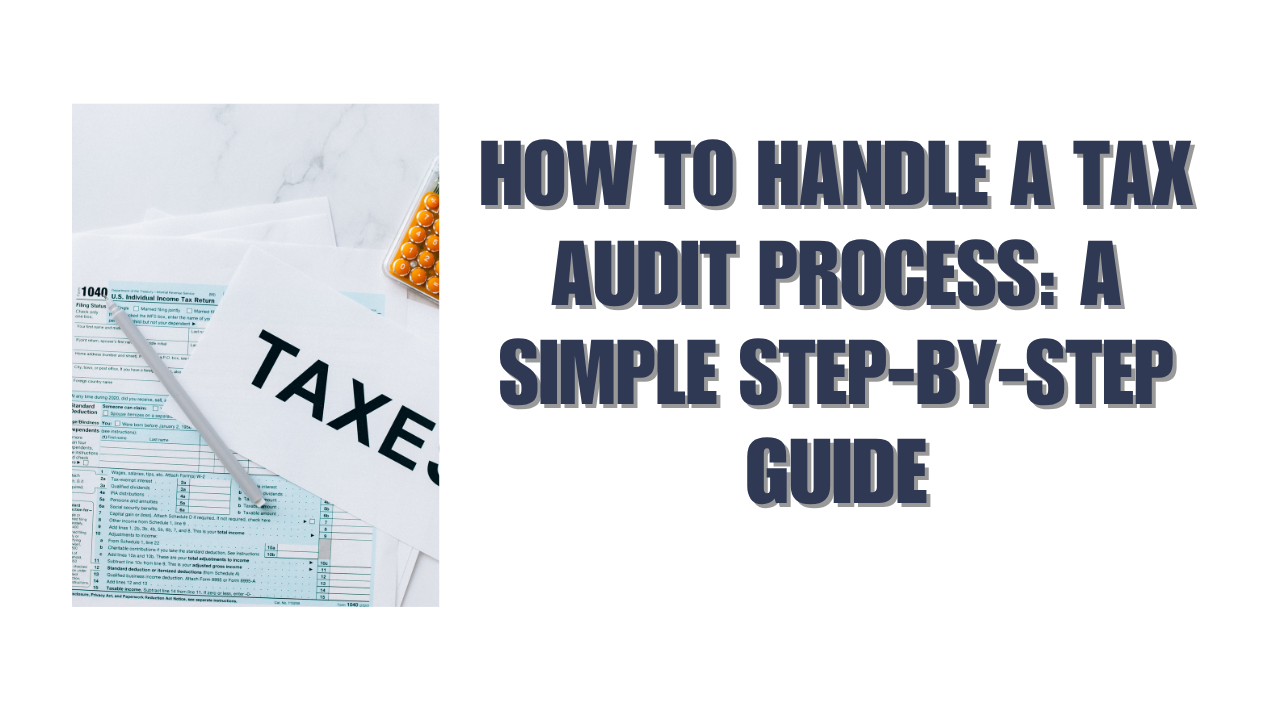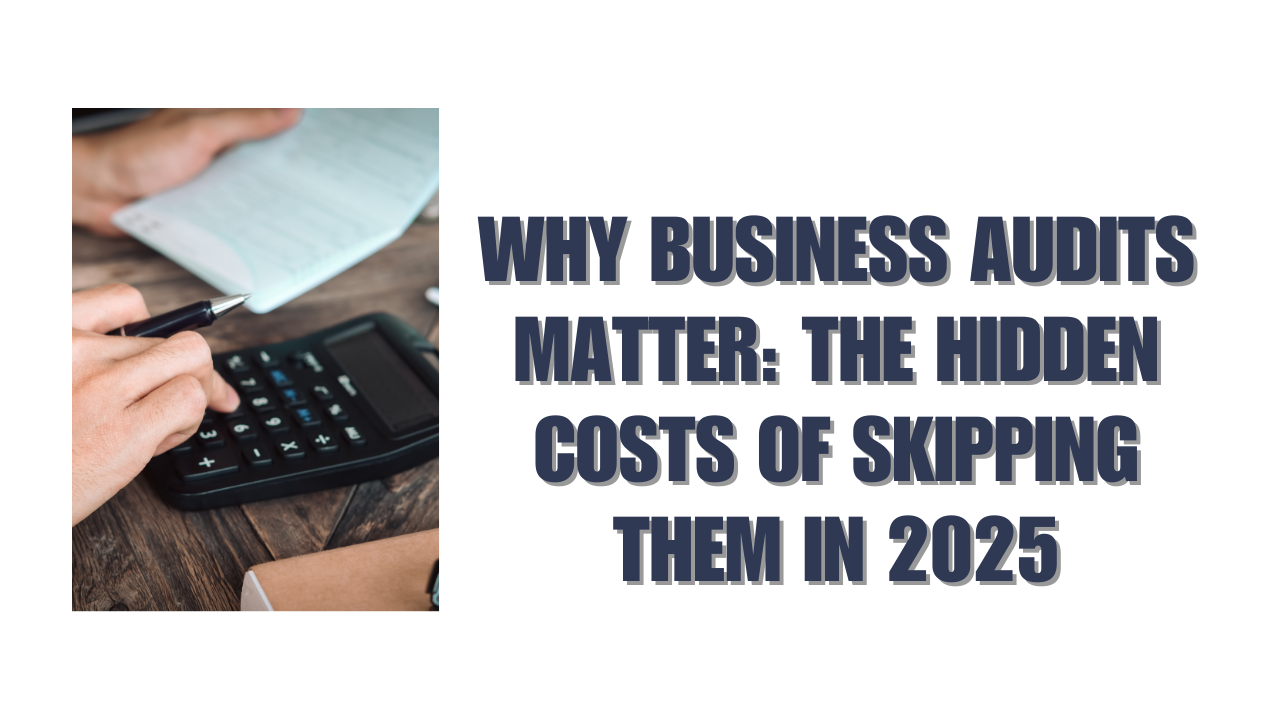Tax correspondence audits represent about 75% of all IRS audits.
The tax audit process might seem daunting at first, but knowing how it works will help you handle it better. Audits are a vital part of modern business that build investor confidence and ensure market integrity.
Tax audits follow two main phases – risk review and audit. They range from basic desk reviews to comprehensive investigations. The ATO’s most reported industries list has building and construction, hairdressing and beauty services, cafés and restaurants, road freight transport, and management consulting.
This piece will walk you through the tax audit process with a clear flowchart that shows each stage. Our tax audit filing steps will help you respond with confidence, whether you’re currently under audit or want to be prepared.
Step 1: Understand What a Tax Audit Is
Understanding the tax audit process starts with knowing what you’re up against. A tax audit is a formal examination of your financial information to verify that you’ve paid the correct amount of tax according to the law. Your reports filed with tax authorities will be reviewed to check their accuracy and compliance with tax regulations.
What is a tax audit and who conducts it?
Government tax authorities perform tax audits to verify your financial records’ accuracy and make sure they match up with tax laws. These detailed reviews confirm that your reported income, expenses, and deductions follow the applicable regulations.
Tax authorities vary by country:
- The Internal Revenue Service (IRS) handles audits in the United States
- HM Revenue and Customs (HMRC) manages the process in the UK
- Inland Revenue (IR) takes care of examinations in New Zealand
- The Direction Générale des Finances Publiques (DGFiP) runs audits in France
- The Bundeszentralamt für Steuern (BZSt) oversees the tax audit process in Germany
How tax audits differ from other audits
Tax audits stand apart from other statutory audits because tax authorities initiate them directly. Organizations typically start company audits themselves to meet regulatory requirements.
Tax audits specifically look at income and expenses related to taxation, including deductions and exemptions. The main goal is to verify accurate tax calculations and payments. Statutory audits, however, review overall financial statements for shareholders and stakeholders.
Chartered accountants can conduct tax audits, but registered external auditors must perform statutory audits.
Common types of tax audits
You might face four main types of tax audits:
- Correspondence Audits: These make up approximately 75% of all IRS audits. You’ll receive a letter asking for more information about specific parts of your tax return.
- Office Audits: The tax office might ask you to visit for an in-person examination when issues are too complex for correspondence but too small for field audits.
- Field Audits: Tax officials visit your home or business to examine records on-site in this most detailed type of audit.
- Taxpayer Compliance Measurement Program (TCMP) Audits: The IRS uses these to update their Discriminant Information Function (DIF) scores, which help identify returns that might need auditing.
Tax authorities might also conduct regular scheduled audits, respond to specific events with occasional audits, or perform special audits for particular regulatory needs.
Step 2: Know Why Audits Happen
Tax authorities look for specific behaviors and patterns that raise red flags when they select returns for tax audit. You should know what triggers these audits to protect yourself.
Frequent audit triggers to watch for
Unreported income tops the list of red flags that tax authorities watch closely. Not reporting all income sources remains the main reason for audits. Your return will quickly catch attention if you claim deductions that seem too high for your income level. A taxpayer who claims NZD 119,392.72 in charitable donations with just NZD 170,561.03 of income would likely face an investigation.
These common triggers also catch the tax department’s eye:
- Business losses that continue year after year
- Big swings in income between tax periods
- Too many cash transactions or deposits
- Claims of 100% business vehicle use without proper records
- Lifestyle expenses that don’t match your reported income
- Unreported foreign bank accounts that can lead to penalties up to NZD 17,056.10
How data matching and red flags work
Smart data matching helps tax authorities spot problems quickly. They get information straight from banks, payment processors and other government agencies. Payment providers must report their merchants’ combined transactions every six months, which helps catch businesses that underpay taxes.
The system automatically checks if numbers on 1099 and W-2 forms match the income on your return. Any mismatches trigger notices right away. Tax departments also look at how your business compares to others in your area and industry. Returns that differ too much from normal standards get flagged.
Industries more likely to be audited
Some industries face higher audit rates than others. The tax department’s data shows these five industries get the most attention:
- Retail
- Food Service
- Manufacturing
- Wholesale/Distribution
- Construction
New Zealand’s Inland Revenue watches the construction sector closely. They’ve opened audit cases worth NZD 3.92 million in tax discrepancies. Real estate, import/export, hospitality and professional services also face extra scrutiny.
Complex tax rules, lots of cash transactions, or past compliance problems make these sectors high-risk during tax audits.
Step 3: Follow the Tax Audit Process Step-by-Step
A tax audit can be stressful, so you need to know what happens after being selected. Let me break down the five key stages of the tax audit process.
1. Getting Notified and First Contact
You’ll receive a written notice from tax authorities about your selection for an audit. The notice uses specific terms like “audit” or “investigation” and lists the areas they plan to examine. Most times, they’ll call you first to set up a meeting time and follow up with written details. But sometimes they might show up without warning through unannounced visits, especially for spot checks or when they suspect aggressive tax practices.
2. First Meeting and Scope Discussion
Your first meeting shapes the audit’s direction. The auditor explains their “risk hypothesis” (their reason for auditing) and shares a draft plan. This plan covers what they’ll review, the time periods involved, and when they expect to finish. They also explain how they’ll access information and the benefits of making voluntary disclosures.
3. Looking Through Documents and Talking to People
The auditors review your financial records after the first meeting. They check statements, balance sheets, and expense reports. They prefer when you provide information willingly. They might need to talk with your employees or others to clarify details. You can bring a solicitor to these conversations, but the tax authority might want to record them.
4. Finding Issues and Creating a Position Paper
The auditors tell you about issues as they find them. Near the end, you’ll get a position paper that shows what they found, which laws apply, and their suggested changes. This gives you a chance to respond before everything’s final. The paper explains any tax shortfalls and includes contact details to discuss the issues.
5. Wrapping Up and Making Decisions
The final report shows the outcome and explains any penalties or interest charges. You should get this report within seven days of their decision. They’ll set up one last meeting to talk about findings, penalties, and ways to request reduced charges. You can then either follow their recommendations or challenge the findings.
Step 4: Responding to the Outcome
Your next steps after getting audit results can save you time and money. The tax audit’s final phase needs you to understand your choices and what you must do.
Understanding penalties and interest
Tax problems can lead to different penalties based on their severity. Shortfall penalties range from 20% when you “lack reasonable care” to 150% for tax evasion. You’ll pay interest on unpaid taxes whatever your responsibility. A voluntary disclosure before getting an audit notice could reduce or eliminate penalties – sometimes up to 100%.
How to appeal or dispute findings
You have options when you disagree with audit findings. Appeals reduce assessed amounts by about 40% on average. The Independent Office of Appeals settles disputes without going to court. New Zealand’s Disputes Review Unit handles appeals, and taxpayers win about 20% of cases. The Taxation Review Authority gives you a more casual option than High Court for smaller disputes.
Post-audit compliance and recordkeeping
Good audits make people follow rules better, while bad ones might do the opposite. Your records should be in English or Māori and kept for at least 7 years. You need invoices, receipts, wage books, banking records, and tax-related communications. Poor record keeping could cost you up to NZD 6,822.44 in penalties and might trigger future audits.
Aurora Financial believes financial strategy matters as much as product, sales, or operations. We help founders create smart, green companies that go beyond basic business. Let us guide your startup’s financial future. Book your free strategy session with us today.
Conclusion
Tax audit success depends on good preparation, knowledge, and a solid strategy. This piece guides you through every key stage of the tax audit process. You’ll learn what triggers these investigations and how to respond when they happen.
Note that most audits start with simple letters rather than dramatic office raids. Your quick response to original communications can substantially affect the audit’s direction. On top of that, it helps to keep detailed records for at least seven years as your best defense against possible issues.
Your industry and financial practices determine your audit risk level. Businesses in high-risk sectors like construction, retail, or food service should set up strong documentation systems. You need extra attention to compliance details with unusual deductions, income changes, or cash-heavy operations.
The step-by-step process above shows you how to handle each phase if you face an audit. You should disclose errors early when you find them. This can cut penalties by up to 100%.
Knowledge of this process takes away much of the fear about tax audits. Many audits end with no changes. Others just find honest mistakes instead of planned evasion.
Tax authorities prefer to cooperate rather than confront. Working well with auditors often creates better outcomes. You always have the right to challenge decisions you think are wrong. Many appeals lead to lower assessments.
These guidelines give you the essential knowledge to handle tax compliance with confidence, whether you’re dealing with an audit now or preparing for one. Good preparation helps during audits and improves your overall financial management for lasting business success.
Key Takeaways
Understanding the tax audit process empowers you to navigate it confidently and minimize potential complications. Here are the essential insights every taxpayer should know:
- Unreported income is the #1 audit trigger – ensure all income sources are declared and maintain detailed records for at least 7 years.
- Voluntary disclosures can eliminate penalties up to 100% – proactively reporting errors before audit notification significantly reduces financial consequences.
- High-risk industries face increased scrutiny – construction, retail, food service, and cash-heavy businesses should prioritize meticulous record-keeping.
- Appeals succeed in reducing assessments by 40% on average – you have legitimate options to dispute findings through formal review processes.
The tax audit process follows predictable stages from notification to resolution. Being prepared with organized documentation, understanding your rights, and responding professionally to auditor requests creates the foundation for successful outcomes. Remember, cooperation typically yields better results than confrontation, and many audits conclude with no changes or identify honest mistakes rather than deliberate violations.
FAQs
Q1. What are the main stages of a tax audit process?
A tax audit typically involves five key stages: notification and initial contact, opening meeting and audit scope definition, document review and interviews, issue identification and position paper, and final audit report and resolution.
Q2. How can I reduce the chances of being audited?
To minimize audit risk, ensure you report all income sources, maintain accurate records for at least 7 years, avoid claiming disproportionate deductions, and be cautious with cash transactions. If you’re in a high-risk industry like construction or food service, pay extra attention to compliance details.
Q3. What should I do if I receive an audit notification?
Respond promptly to the initial communication, gather all relevant financial documents, and consider seeking professional assistance. Remember, most audits begin with correspondence rather than in-person visits, so a timely and organized response can significantly impact the audit’s direction.
Q4. Can I dispute the findings of a tax audit?
Yes, you can appeal audit findings if you disagree with the results. Appeals can reduce assessed amounts by approximately 40% on average. In New Zealand, the Disputes Review Unit handles appeals, with about 20% of decisions favoring taxpayers.






